Imagine if history lessons weren’t just from textbooks, college lectures, documentaries, and Hollywood blockbusters—but instead taught through immersive experiences, walking side by side with those who experienced it first-hand. If we could storm the beaches of Normandy next to soldiers, enter a roaring Colosseum among gladiators, or march through Selma with Civil Rights activists, would it change the way we understand the past?
At one museum, that’s exactly the goal.
The Illinois Holocaust Museum and Education Center’s latest exhibit, The Journey Back: A VR Experience, combines technology with the real-life harrowing stories of Holocaust survivors to give audiences a virtual reality experience unlike any other. The permanent exhibit walks viewers through concentration camps alongside survivors Fritzie Fritzshall and George Brent.
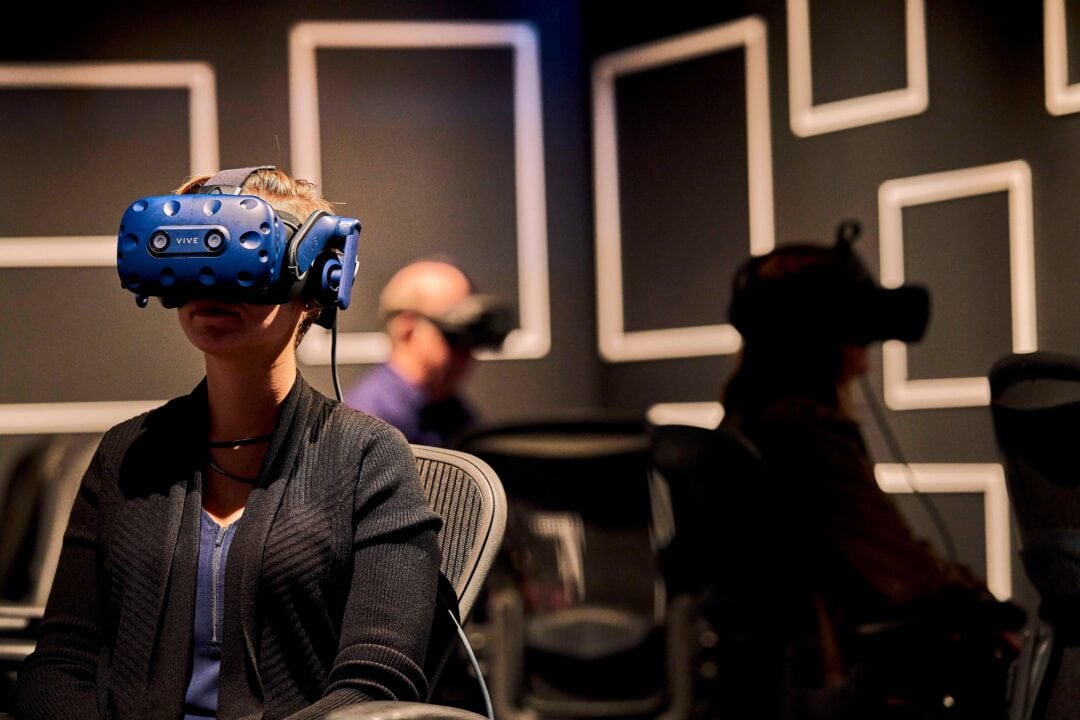
“Virtual reality now allows the viewing audience to have an intimate experience with history,” says Susan Abrams, the museum’s CEO. “It places you there with the survivors that are sharing these testimonies. There’s no substitute that can replace human-to-human interaction—no matter how many books you’ve read or movies you’ve watched.”
The race to safeguard survivor stories
Using virtual reality technology, cinematography, animation, photogrammetry, and 360-degree sound, the Illinois Holocaust Museum created the world’s first virtual reality museum exhibit. In an effort to continue the preservation of testimonies, this pursuit grows in importance each year as Holocaust survivors age and anti-Semitic behaviors resurface.
Fritzie Fritzshall, who died in June of 2021, was the museum’s president when the idea to build the virtual experience first began. Making it her life’s mission to share her story and the stories of the 599 women she was imprisoned with at Auschwitz, Fritzshall began to worry that she hadn’t done enough to keep these legacies alive and engage audiences for generations to come.
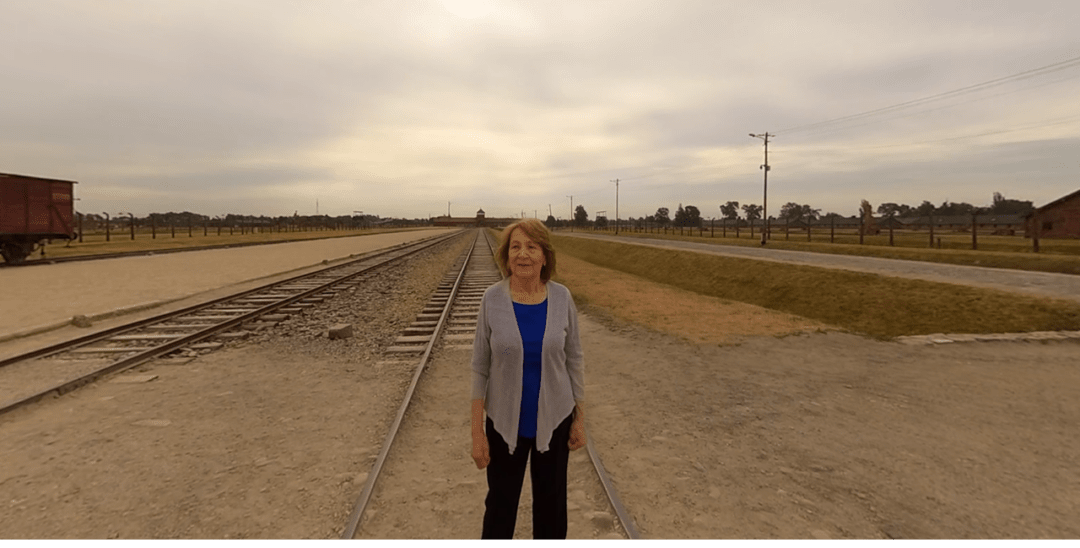
Even though she was already a part of the museum’s interactive hologram exhibit featuring the stories of Holocaust survivors, she wanted to do more. “I think she knew she was in her later years, and she really started to fret what would happen to the memory of Auschwitz,” says Abrams. “Virtual reality came in the nick of time, enabling us to share Frtizie’s story in an incredibly intimate way that develops empathy and understanding of our common humanity.” With this technology, she says, “Instead of sitting across from a survivor at a table or in a theater, you’re standing with Fritzie on the arrival ramp and in the latrines.”
Split into two award-winning films, A Promise Kept and Don’t Forget Me, viewers witness a 360-degree virtual world that takes them to some of the most high-profile Nazi concentration camps during the war: Auschwitz, Mauthausen, and Ebensee. A Promise Kept takes audiences to Auschwitz with Fritzshall, who was forced into a camp at the age of 13 with hundreds of women, including her mother and aunt.
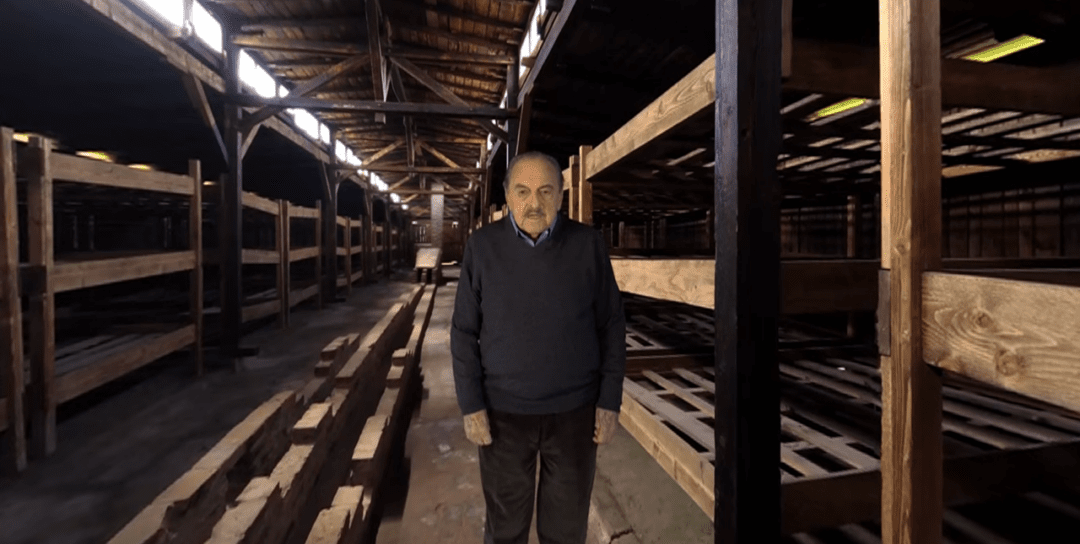
In Don’t Forget Me, viewers follow Brent’s harrowing journey through three concentration camps where he worked as a slave laborer digging tunnels, hauling stone blocks, and was eventually sent on a death march before being liberated by Allied troops as they advanced on the Nazi army. The film’s title comes from Brent’s father, who told his son “Don’t forget me” as they arrived at Auschwitz. Brent, who’s still alive, continues to share his story and worked with the museum to help launch the exhibit.
An eye-opening encounter with history
The exhibit is located in an unsuspecting room, similar to a small theater—it’s quiet, calm, and simple in design. Giant slabs of wood outline the ceiling where a railroad car (similar to the exact ones Fritzshall and Brent were loaded on) resides in an exhibit on the floor above.
When you walk in, you’re prompted to take a seat in a swivel chair and put on a VR headset that’s attached to the back. Once situated, your experience begins and you’re immediately transported into the memories of Fritzshall and Brent—immersed in a world that you’ve likely only read about or seen on TV.
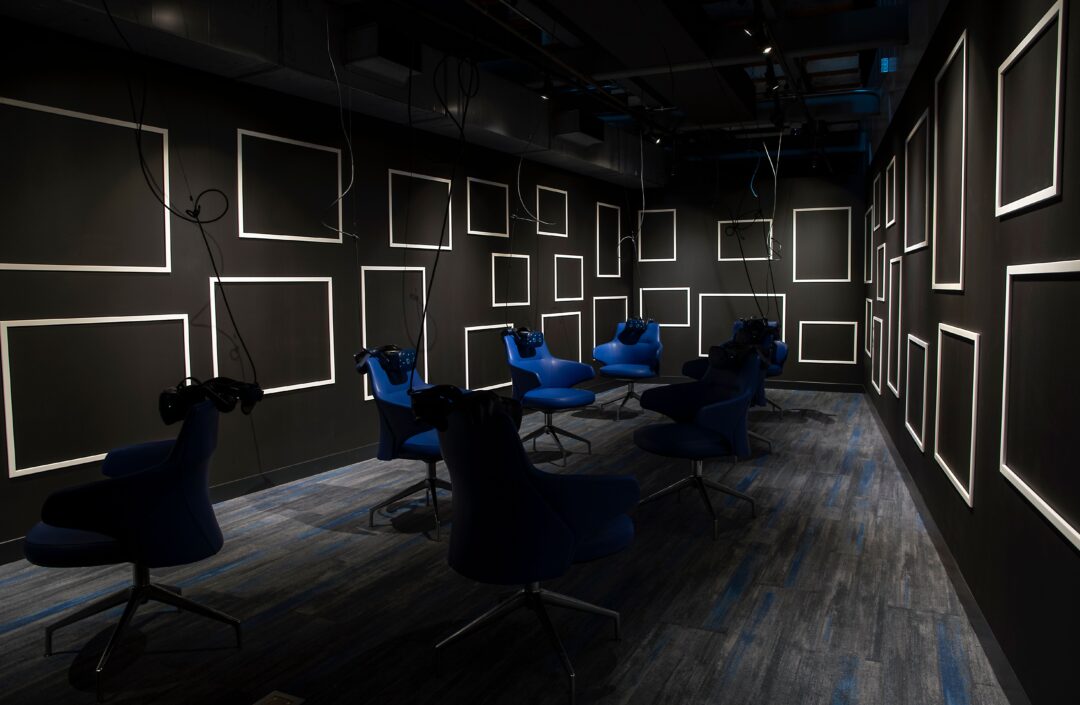
As the virtual guides, Fritzshall and Brent, begin to recount their stories, their presence feels and looks so realistic that you think you could reach out and touch them. “When you put on the headset, it’s like you’re there, sharing their experiences. This helps us better understand these stories, and it helps us share the injustices that take place in our world,” says Abrams.
From the dark and crowded transport train cars and barbaric latrines to the heart-breaking emotion shared by Fritzshall as she recalls the last time she saw her mother entering the camp, the potency of each moment transcends storytelling. To say this exhibit is moving would be an understatement.
The atrocities and injustices endured by victims and survivors of the Holocaust are unavoidably at the forefront of this experience, but kindness and humanity—two words that are rarely associated with concentration camps and the Holocaust—are at the heart. Even in the darkest of circumstances, Fritzshall and Brent both recall the moments of hope in their stories that helped them survive each day.
“Fritzie was adamant to show that there was humanity at Auschwitz,” says Abrams. “If there’s one thing that audiences can take away from this exhibit, it’s kindness. That’s what Fritzie and George would say.”
Changing the way we share the past
The museum plans to recreate more survivor stories utilizing VR technology, along with adding an at-home experience option for viewers who have their own virtual reality headsets. In the meantime, they’re hoping the exhibit gains traction at other museums around the U.S., so they can share this experience with as many people as possible.
“The amazing thing about this technology is that it’s scalable, ultimately allowing us to take this experience to other museums,” explains Abrams. “We want to share this with communities across the country, with schools, and as many people as possible to help create a better world for all of us.”
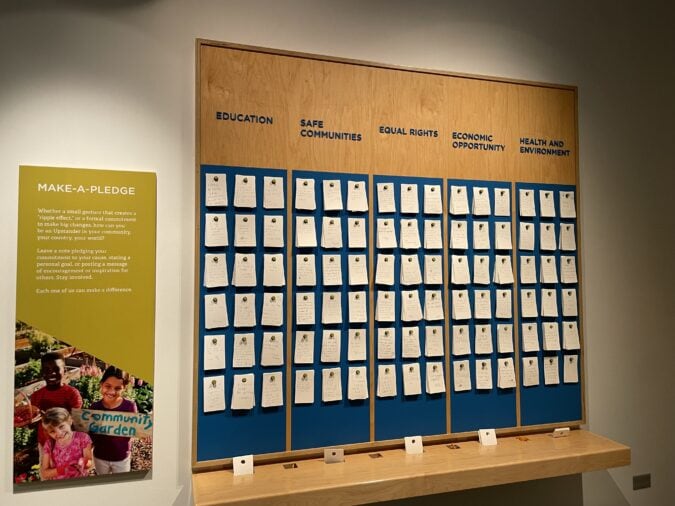
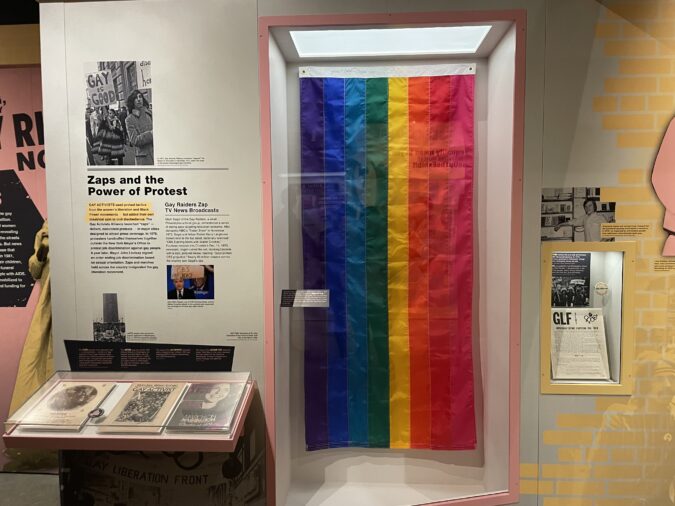
In addition to the VR experience, visitors can engage with survivors at the interactive hologram experience; tour the museum’s world-renowned Holocaust exhibit, featuring more than 20,000 items from victims and survivors; and venture through the rotating guest exhibitions that have touched on subjects like Stonewall and LGBTQ rights, Ruth Bader Ginsburg, Nelson Mandela, and more.
“We hope that people can come here and recognize the power of their voices and choices to make our world a better place. That could mean standing up for themselves or standing up for somebody else,” says Abrams. “Each of those things can change the trajectory of an individual’s life and a community. We hope to empower people to be those upstanders for good.”
If you go
Visitors can experience The Journey Back every 30 minutes from 11 a.m to 4 p.m. with an extra 10:30 a.m. showing on Saturdays and Sundays. Tickets are required in advance and can be reserved before your visit on the museum’s website.






